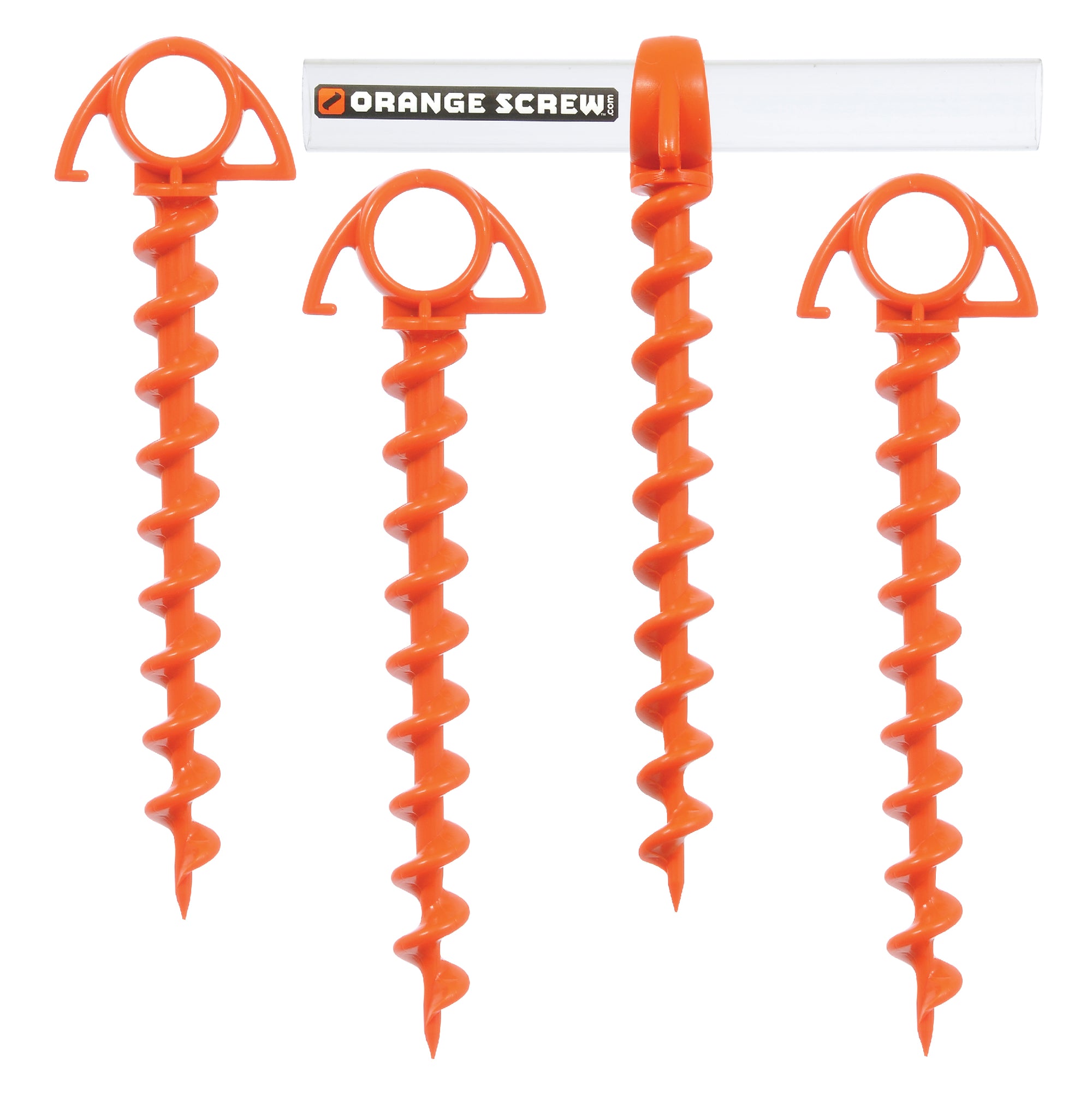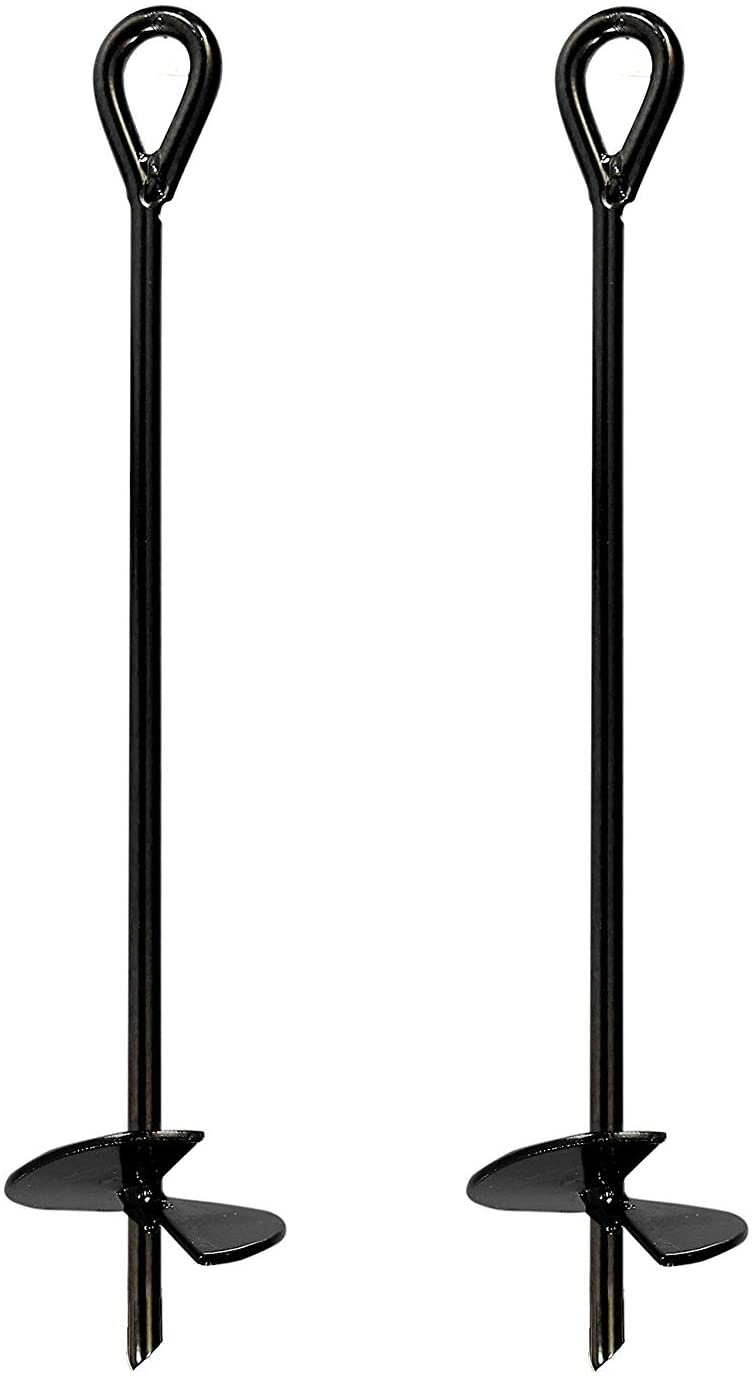Key Things to Keep in Mind Before Investing in a Heavy-Duty Ground Anchor
Key Things to Keep in Mind Before Investing in a Heavy-Duty Ground Anchor
Blog Article
Check Out the Different Sorts Of Ground Anchor for Your Next Project
From auger anchors, which succeed in varied dirt conditions, to stake supports designed for temporary setups, the alternatives are various. In addition, concrete and screw anchors existing distinct benefits in particular situations, while deadman supports are customized for applications calling for resistance to lateral forces.

Auger Anchors
Auger supports are a popular selection in different construction and landscape design jobs due to their one-of-a-kind style and reliable securing capabilities. These anchors include a helical screw-like shaft that is driven into the ground, allowing for a secure and secure hold. The spiral design assists in very easy installment and takes full advantage of resistance versus lateral forces, making auger anchors particularly effective in applications such as fencing, short-term structures, and disintegration control.
The setup procedure of auger supports is reasonably simple. They can be by hand or mechanically installed, depending on the dimension and needed deepness. This adaptability allows for their use in diverse dirt problems, from sandy to clayey terrains. Moreover, auger anchors can be easily eliminated and reused, which contributes to their cost-effectiveness and sustainability.
One of the considerable advantages of auger supports is their capacity to distribute loads equally throughout the bordering dirt, decreasing the risk of soil disturbance and reducing ecological influence. Furthermore, they are much less at risk to heaving or loosening up in time contrasted to standard anchoring approaches. As a result, auger anchors are an excellent choice for tasks needing trusted and durable anchoring remedies.

Risk Anchors
When it pertains to safeguarding structures in a variety of exterior applications, risk supports supply a straightforward and reliable service. These supports are usually created from long lasting products such as steel or light weight aluminum, developed to stand up to environmental anxieties while providing ideal security. Their easy layout allows for fast setup, making them an optimal option for irreversible or short-term anchoring requirements.
Risk supports are particularly helpful in securing outdoors tents, canopies, and various other lightweight frameworks against wind and weather. They work by being driven right into the ground at an angle, creating a solid hold that stands up to pull-out forces - Ground Anchor. The effectiveness of risk supports relies on a number of aspects, including dirt type, dampness web content, and the angle of installment
For added safety and security, many risk anchors feature accessory points for ropes or straps, enabling tension modifications as needed. In applications such as landscaping or construction, they can successfully stabilize devices or structures on irregular surface. Generally, risk anchors give a flexible and cost-efficient solution for safeguarding various exterior setups, making them a recommended selection for service providers and do it yourself enthusiasts alike.
Concrete Anchors
Concrete anchors offer a robust solution for safeguarding frameworks to concrete surface areas, making certain security and security in various applications. These supports are essential for tasks varying from household constructions to large commercial installments. They are available in different kinds, consisting of development anchors, glue supports, and undercut supports, each created for certain load demands and environmental problems.
Development anchors rely on mechanical devices to grip the concrete when set up. They are perfect for tool to sturdy applications. Adhesive supports use high-strength visit the website epoxy or resin to bond the support to the concrete, offering remarkable load-bearing abilities, specifically in split concrete scenarios. Undercut anchors produce an unique shape within the concrete, offering extraordinary holding power, specifically in applications where tensile tons are widespread.
When performed properly, concrete supports significantly improve the architectural stability of various tasks, making them vital in modern building methods. Understanding the certain needs of your task will certainly assist in picking the appropriate type of concrete support for the job.
Screw Anchors

Screw anchors are a versatile securing option that can be efficiently employed in a variety of applications where traditional concrete supports might not suffice. These supports include a helical style that permits them to be conveniently driven right into the ground, making them suitable for usage in dirt and other substratums. Their unique framework gives outstanding holding power and resistance to pull-out forces, making them suitable for numerous tasks, from landscape design to structural assistance.
Among the primary advantages of screw supports is their simplicity of installation. They call for marginal tools and can often be mounted without the need for excavation, which conserves both time and labor costs. Additionally, screw supports can be gotten rid of and recycled, offering a sustainable solution for short-term applications.
Screw supports are specifically beneficial in areas where soil conditions are challenging, such as sandy or loosened soils. Their capacity to be mounted at varying depths permits modification based upon certain project demands. Overall, screw supports offer a reliable and trustworthy securing method, making them an exceptional selection for specialists and engineers looking for reliable remedies for their tasks.
Deadman Anchors
Deadman supports function as a durable option for supporting frameworks in challenging conditions, particularly where conventional securing techniques might fall brief. These anchors contain big, heavy objects buried underground, which develop resistance against lateral forces. The design commonly includes a horizontal element, such as a block of concrete or a metal plate, hidden in the soil, to which bands or cords are attached.
The performance of deadman anchors depends on their capability to disperse tons over a bigger location, reducing the danger of failing in unpredictable soil conditions. They are specifically helpful in applications such as keeping wall surfaces, short-term frameworks, and slope stablizing, where soil motion can compromise the stability of visit the site the framework.
Installment of deadman supports requires cautious planning to ensure they are put at the right depth and orientation, optimizing their load-bearing ability. While they might call for even more labor and product than light-weight supports, their dependability in negative problems makes them important for long-lasting projects. Deadman anchors are flexible and can be adjusted to different applications, making them a best selection for designers facing distinct challenges in their jobs.
Final Thought
Auger anchors excel in varied soil problems, while stake supports match temporary applications. For concrete surfaces, growth and glue supports give dependable choices, and screw supports offer flexibility in difficult surfaces.
In addition, concrete and screw anchors present one-of-a-kind benefits in details scenarios, while deadman anchors are tailored for applications click over here now calling for resistance to lateral forces - Ground Anchor.Auger anchors are a prominent option in numerous building and construction and landscape design projects due to their unique design and efficient anchoring abilities. They come in different types, including development supports, glue supports, and undercut anchors, each developed for certain load needs and ecological problems
Glue supports use high-strength epoxy or resin to bond the support to the concrete, supplying remarkable load-bearing abilities, especially in broken concrete scenarios. In general, screw anchors give a reliable and effective anchoring approach, making them an exceptional choice for designers and contractors seeking reliable services for their tasks.
Report this page